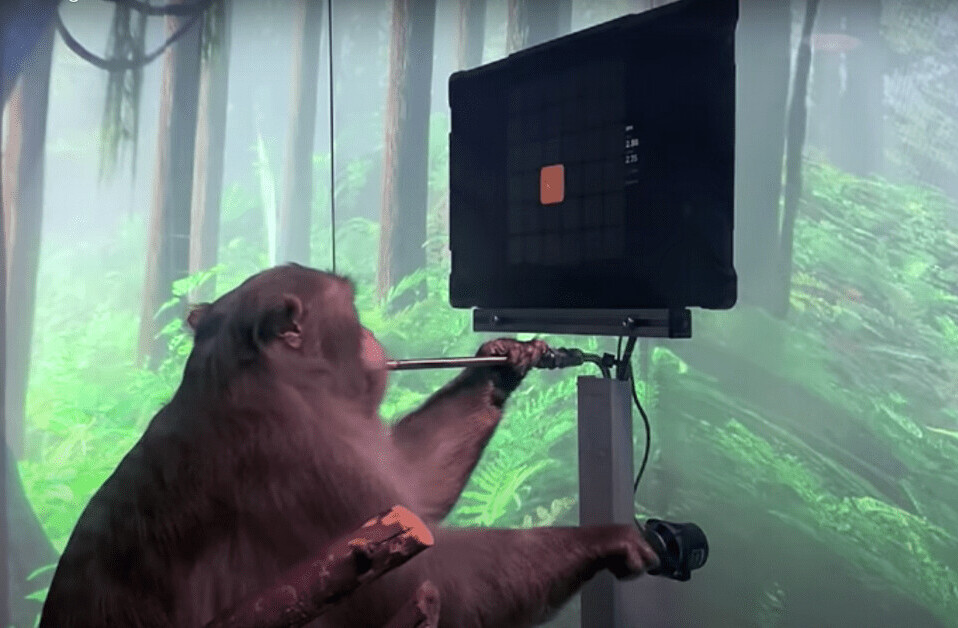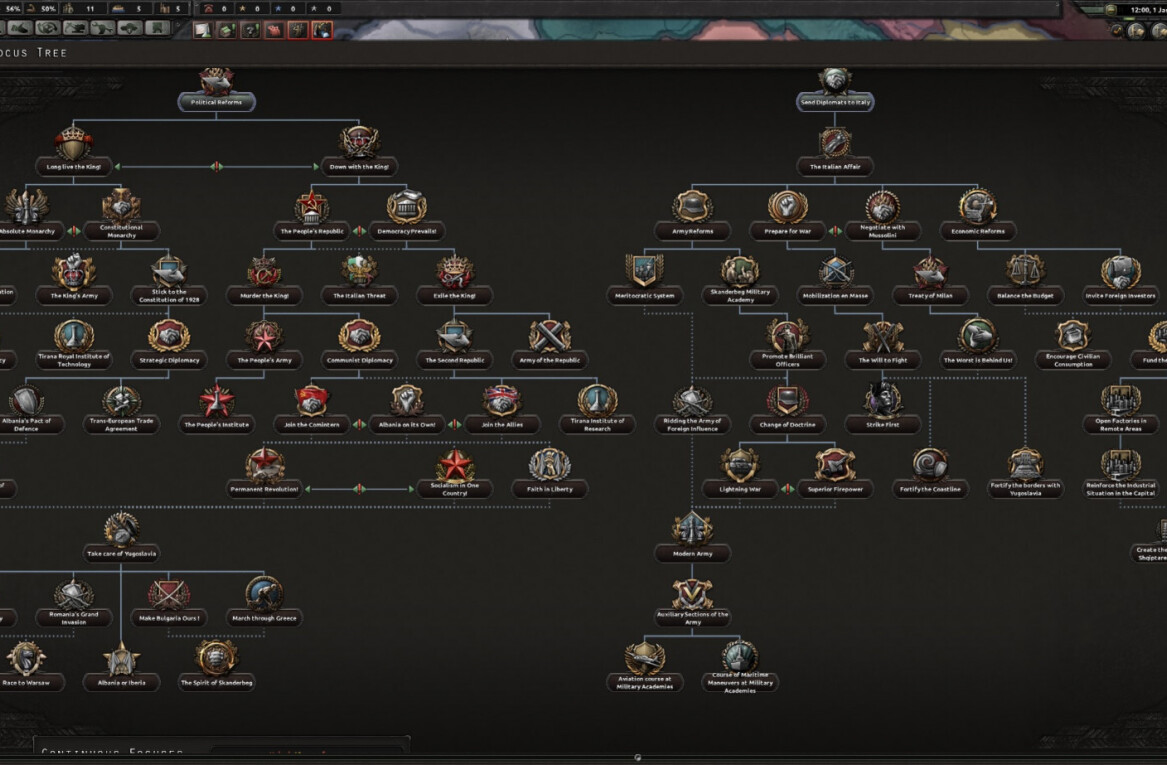
Welcome to TNW Basics, a collection of tips, guides, and advice on how to easily get the most out of your gadgets, apps, and other stuff.
List making and note taking have been digitized to help us keep track of shopping lists, to-do lists, and quick notes. But what if your ideas are more complicated than that? What if, like me, your mind is chaotic and messy, and needs more of a helping hand when formulating ideas?
Then maybe, a mind map is what you need! And yes, those too can be done on smartphones and laptops thanks to a range of apps now available.
Cerebral cartography or just a fancy list?
Mind mapping might be simple, but it’s certainly more than just a fancy list. You probably did them at school, but here’s a refresher: a mind map is a way of recording your thoughts without having to worry too much about the overall structure or relationship between individual ideas.

Mind maps start with a central topic which acts as the parent to other ideas, which are added as sub categories. It lets you put the main ideas down quickly, and organize them later. Thing is, mind mapping with a pen and paper requires you to rewrite the mind maps if you want to move ideas around, change sub-categories, and so on. Enter, mind mapping software.
Your options
There’s plenty of mind mapping software available, all of which do a decent job of the basics. Finding what works best for the way your beautiful mind works will take a bit of trial and error.
There’s Mac or Windows, and free or paid options, so you’ve plenty to choose from. Some of my favorites are the open source Freemind, WriteMapper, and the web-based Coggle. But for me and my university days – and beyond, even – XMind has regularly saved my cognitive bacon.
XMind is available for Mac and Windows, and has paid and free versions, but for me, the free version has all the features you will likely ever need. The best bit, though? You’ll never run out of space, as digital mind maps are boundless.

As a general rule of thumb, you want a tool that lets you create a mind map with a central topic, and at least three levels of subtopics. (I tried to find out how many subtopics XMind can handle, I got bored after adding 50).
It’s also helpful to be able to do basic formatting so you can color code or make specific subtopics stand out if you want.
As I said, mind maps are great as you don’t initially need to worry about structure, but they can get messy if you’re not careful. So with a digital mind map it’s also an absolute requirement to be able to move your topics around, change how they connect and relate, and play with different structures. If you can’t do that, there’s really little benefit over using a pen and paper.
Of course, all the options I’ve mentioned do this, and it’s as simple as dragging and dropping topics where you want them. XMind is great for this, as it previews the map before you drop the topic so you can see how it looks on the fly.

Mind maps can get pretty big, pretty quick, so being able to navigate with ease is also a big boon. I’ve used XMind on Windows and Mac, and on both occasions, it’s smooth and intuitive. Keyboard shortcuts, such as tab to add a subtopic, make building your mind map a breeze.
Ultimately, that’s the point. Mind maps are all about recording ideas quickly, so you don’t forget things, in a format you can review at a later date and organize/restructure as you require. If you find the mind mapping software is stifling your creativity, maybe you need to learn the interface or maybe it’s not the best choice for you.
Get the TNW newsletter
Get the most important tech news in your inbox each week.




